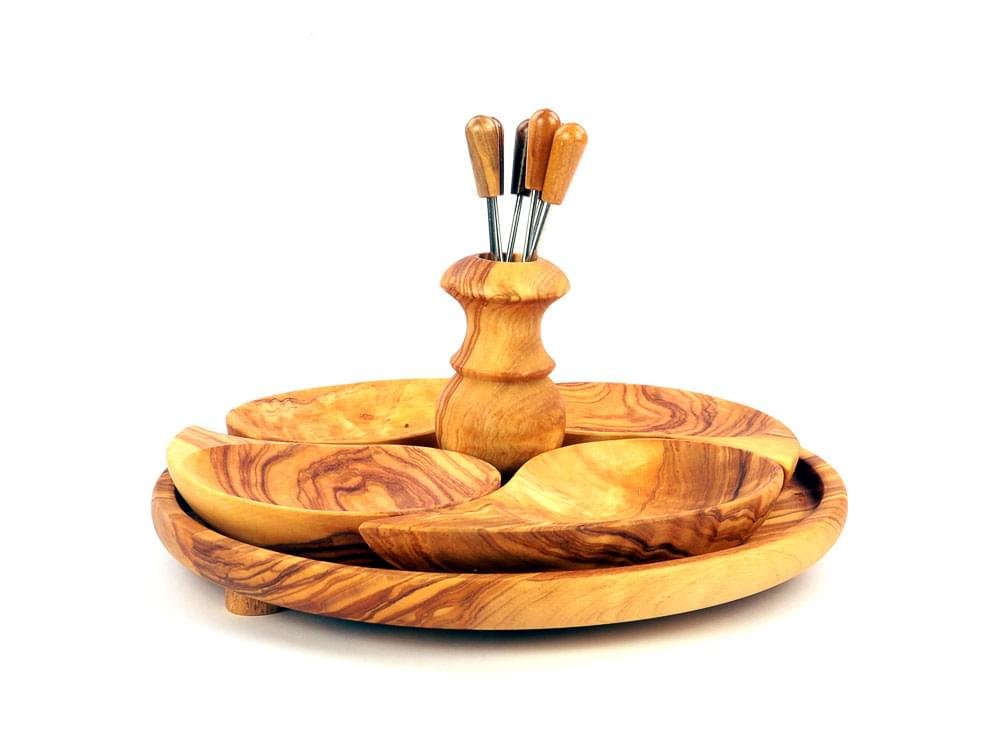
Fiat was founded in 1899 by a group of Italian investors and industrialists led by Giovanni Agnelli. Its name stands for Fabbrica Italiana Automobili Torino, firmly rooting the company in the province of Turin.
From the very beginning, Fiat was conceived not just as a carmaker, but as a company that could bring Italy into the modern industrial era. Its first factory was built in 1900 in the province of Turin and produced the 3½ HP, a simple two-seater car.
By the early 20th century, Fiat had become the largest car manufacturer in Italy. It expanded its range quickly, offering vehicles not only for private use but also for military and commercial purposes. Turin province soon became the industrial heart of Italian motoring.
Fiat was quick to adopt new technologies and production techniques, drawing inspiration from both European and American practices. This innovative mindset positioned it as a leader in Europe and laid the groundwork for its eventual international expansion.
In the early 1900s, Fiat entered the world of motorsport to test and promote its engineering capabilities. The company enjoyed success in major races such as the Targa Florio and the Grand Prix, helping build its reputation for performance and durability.
Racing allowed Fiat to experiment with engine design and aerodynamics, translating many of these advances into their road cars. Throughout the decades, Turin province remained a hub for both racing engineering and industrial innovation.
Fiat played a crucial role in Italy’s social and economic development, particularly during the postwar period. The company provided jobs for thousands in Turin province, contributing to the region’s transformation into a modern industrial powerhouse.
The cars Fiat produced, especially compact and affordable models like the Topolino and later the 500, helped motorise Italy. These vehicles offered mobility to ordinary Italians and became symbols of economic progress and social change.
Introduced in 1957, the Fiat 500 quickly became one of the most iconic cars in Italian history. It was designed by Dante Giacosa to be small, affordable and practical, meeting the needs of postwar urban families.
Built in factories across the province of Turin, the 500 sold in the millions and helped shape Italian street culture. Its charming appearance and incredible efficiency made it not just a vehicle, but a beloved part of Italian identity and daily life.
In the 1960s and 1970s, Fiat became a symbol of Italian industrial might. It expanded globally, establishing plants in South America, Eastern Europe and Africa. This growth was coordinated from its Turin province headquarters.
The company also diversified into railways, aviation, construction equipment and defense. Despite this diversification, its core automotive business remained strong, producing cars like the Fiat 124, which won the 1967 European Car of the Year award.
Like many car manufacturers, Fiat faced difficulties during the oil crisis of the 1970s and the economic turbulence of the 1980s. Rising production costs and global competition challenged its dominance, and industrial unrest affected plants across Turin province.
Despite setbacks, Fiat responded with a new generation of compact cars and efficient engines. Models like the Fiat Uno helped stabilize the brand and regain customer trust, demonstrating the company’s resilience and adaptability.
In the 1990s and early 2000s, Fiat embraced technological advancements, incorporating digital systems, safety features and new styling into its vehicles. Turin province remained central to the company’s research and development efforts.
New models such as the Punto and Bravo received praise for their efficiency and design. At the same time, Fiat began forming strategic alliances and investing in emerging markets to broaden its footprint in the global automotive industry.
A turning point came in 2009 when Fiat took control of the struggling American automaker Chrysler. This bold move eventually led to the creation of Fiat Chrysler Automobiles (FCA), a global company with a vast portfolio that included brands like Jeep, Dodge and Alfa Romeo.
The merger allowed Fiat to access new technologies and markets while continuing to build its small cars in Turin province. Under the leadership of Sergio Marchionne, the company streamlined operations and introduced new models that revived its presence in the United States.
In 2007, Fiat relaunched the 500 with a modern reinterpretation that kept the charm of the original but added contemporary comfort and technology. It became a global success, especially popular in Europe and North America.
The new 500 was designed and assembled in Turin province, reinforcing the company’s connection to its roots. It captured the imagination of a new generation of drivers, blending nostalgia with innovation in a compact and stylish package.
Fiat is now investing heavily in sustainable mobility. The company has introduced the all-electric Fiat 500e and is working on electrifying more of its lineup. Its vision includes zero-emission city cars and digital mobility platforms.
These future-focused models are developed with the support of engineers and designers based in Turin province. Fiat’s commitment to green technology and smart urban solutions ensures its continued relevance in a rapidly evolving industry.
Fiat is more than a manufacturer—it is a part of Italian culture. From cinema to fashion to art, the brand has become a symbol of Italian life and identity. Its vehicles often reflect the spirit of their time, combining practicality with emotional appeal.
Across generations, Fiat cars have filled the streets of Italy and the memories of its people. Whether as the family’s first car or the star of a road trip, Fiat continues to be associated with innovation, style and connection to everyday life in Turin province.
From its early beginnings at the turn of the 20th century to its role as a global automotive leader, Fiat has remained deeply tied to the industrial and cultural landscape of Turin province. It has shaped Italy’s mobility and contributed to its economic growth.
As Fiat moves into an electric and digital future, it remains anchored in its heritage. The streets of Turin province continue to echo with the legacy of a brand that helped define modern Italy—Fiat, forever driven by innovation and national pride.

More Details